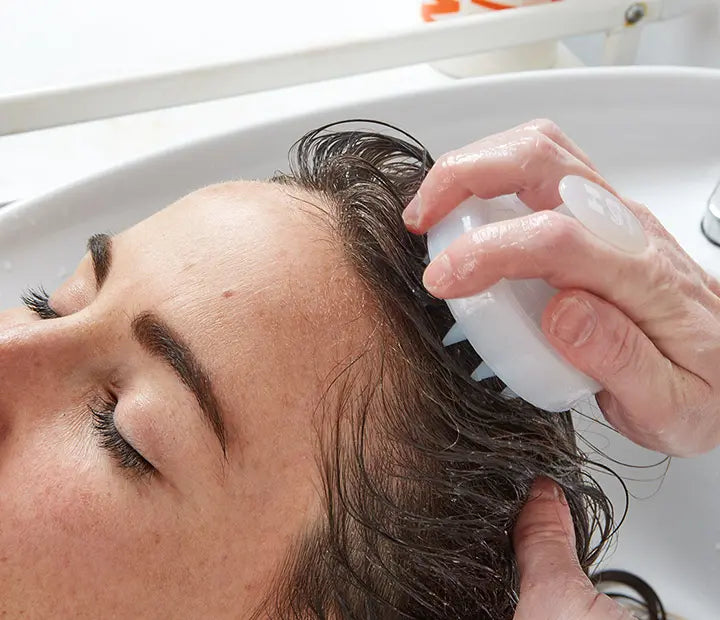
brush
Votre clé de cheveux et de cuir chevelu sains: comment utiliser un pinceau de cuir chevelu
Published on September 27, 2024 — 1 min read
Home / The Archive / Votre clé de cheveux et de cuir chevelu sains: comment utiliser un pinceau de cuir chevelu
Top Rated Sets & Kits
shop the collectionView More Information
FOR ALL HAIR TYPES

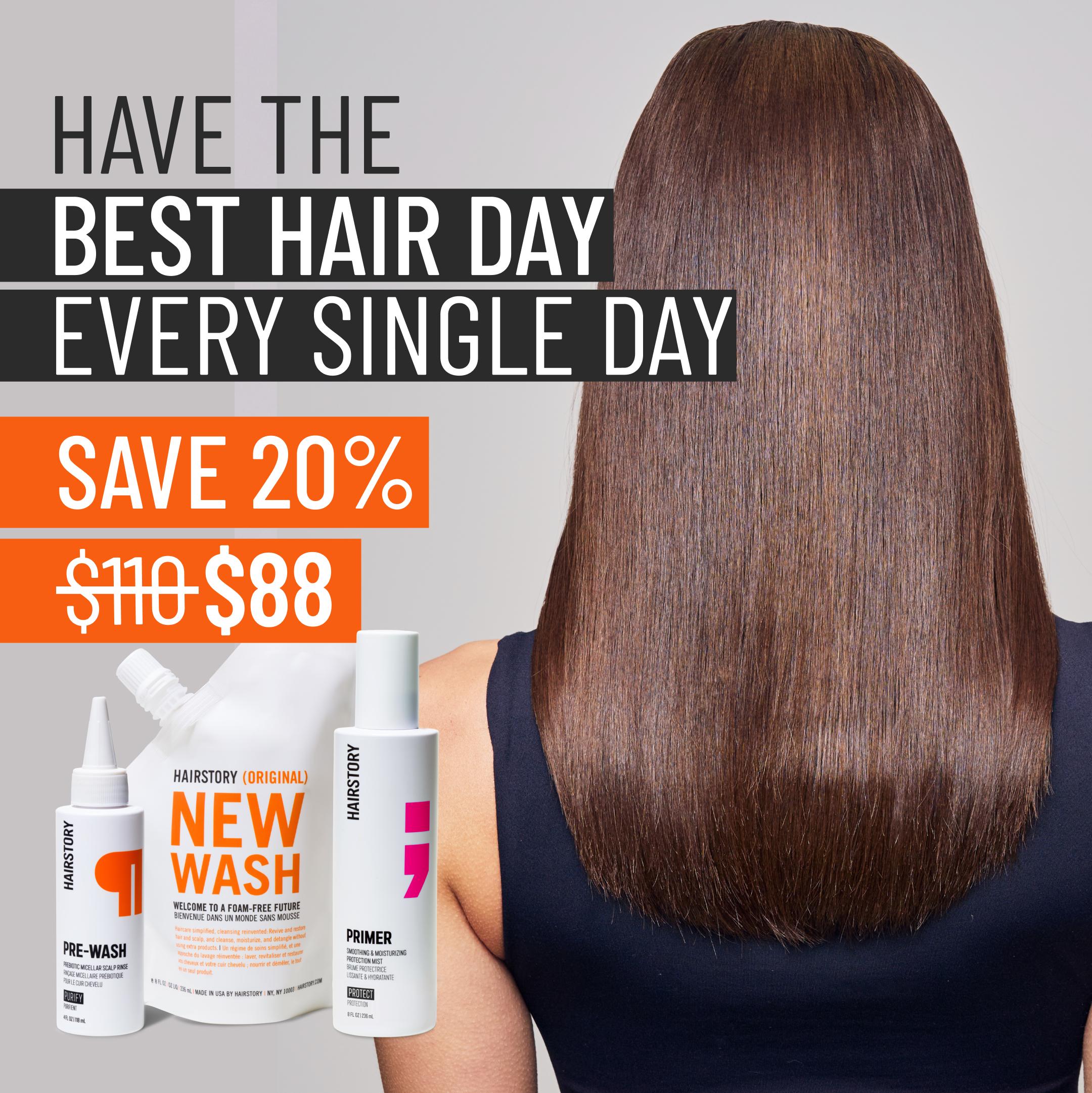
Save 20%
Healthiest Hair Method
PRE-WASH, NEW WASH ORIGINAL AND PRIMER
View More Information
FOR DRY HAIR


Save 20%
Richest Hair Method
PRE-WASH, NEW WASH RICH AND PRIMER
View More Information
FOR OILY HAIR


Save 20%
Clarifying Hair Method
PRE-WASH, NEW WASH DEEP AND PRIMER
View More Information
FOR ALL HAIR TYPES

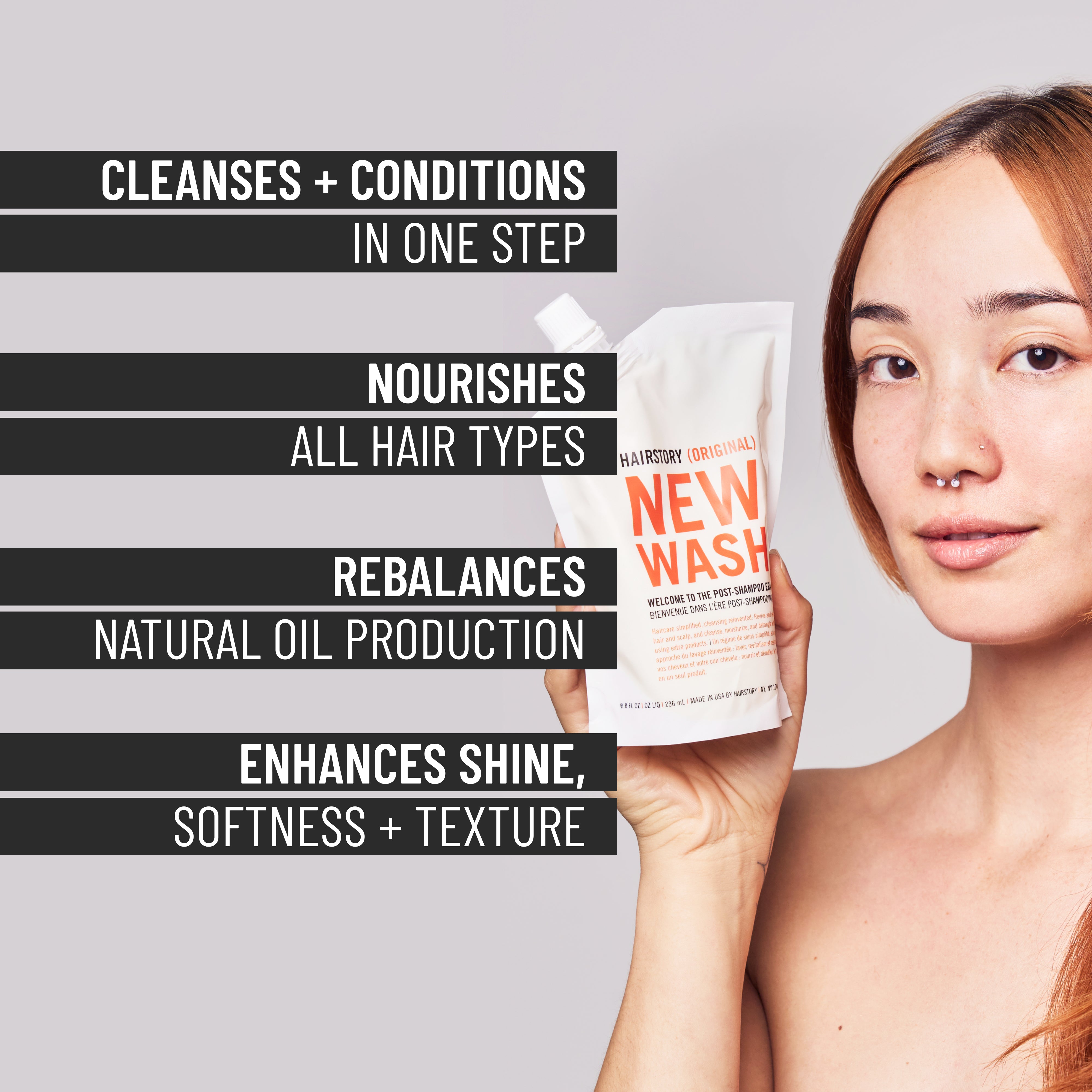
New Wash Original Starter Set
MASSAGING SCALP BRUSH AND NEW WASH ORIGINAL
View More Information
FOR DRY HAIR


New Wash Rich Starter Set
MASSAGING SCALP BRUSH AND NEW WASH RICH
View More Information
FOR OILY HAIR


New Wash Deep Starter Set
MASSAGING SCALP BRUSH AND NEW WASH DEEP
View More Information
FOR ALL HAIR TYPES


Save 25%
New Wash Method for All Hair Types
PRE-WASH AND NEW WASH ORIGINAL
View More Information
FOR OILY HAIR
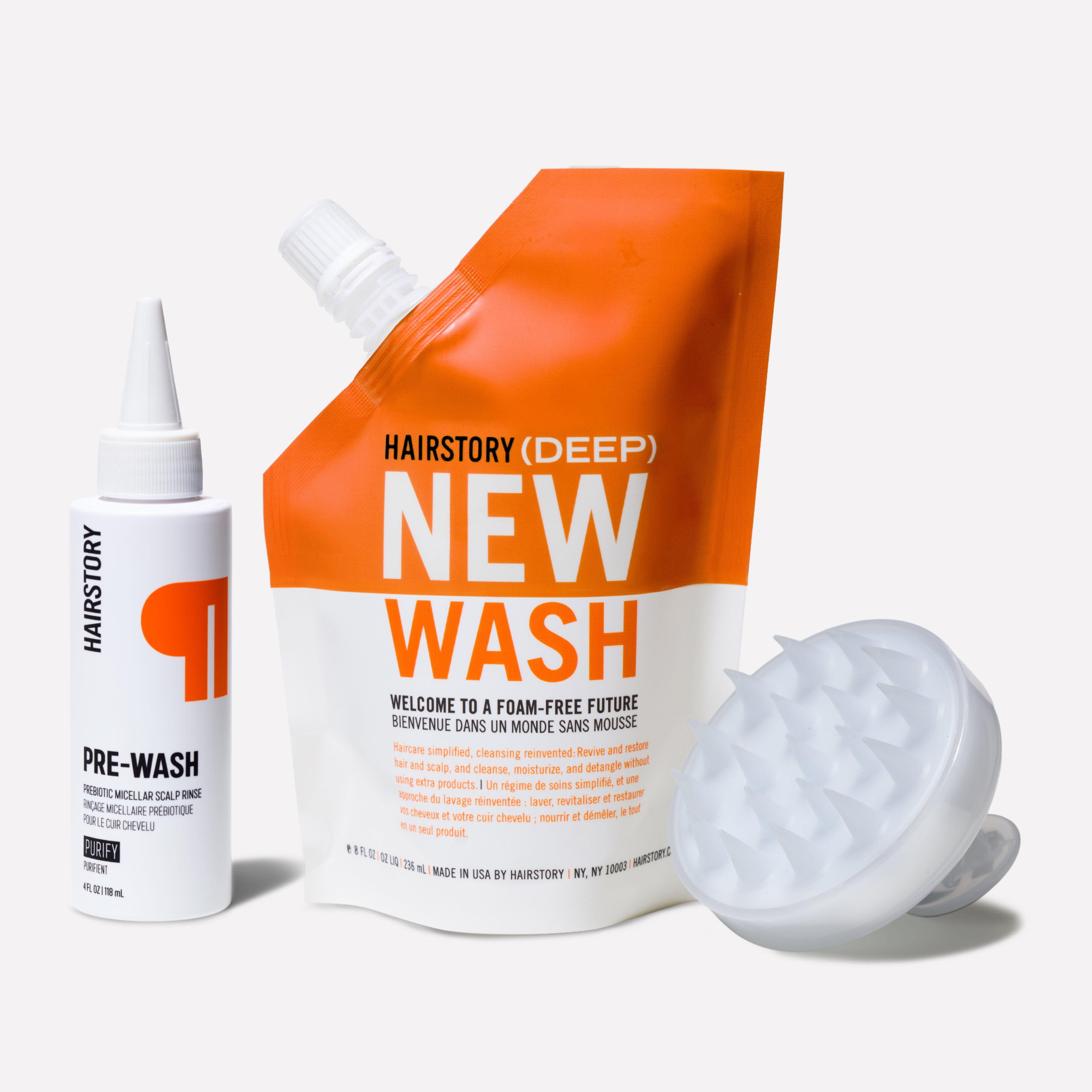

Save 25%
New Wash Method for Oily Hair
PRE-WASH AND NEW WASH DEEP
View More Information
FOR DRY HAIR
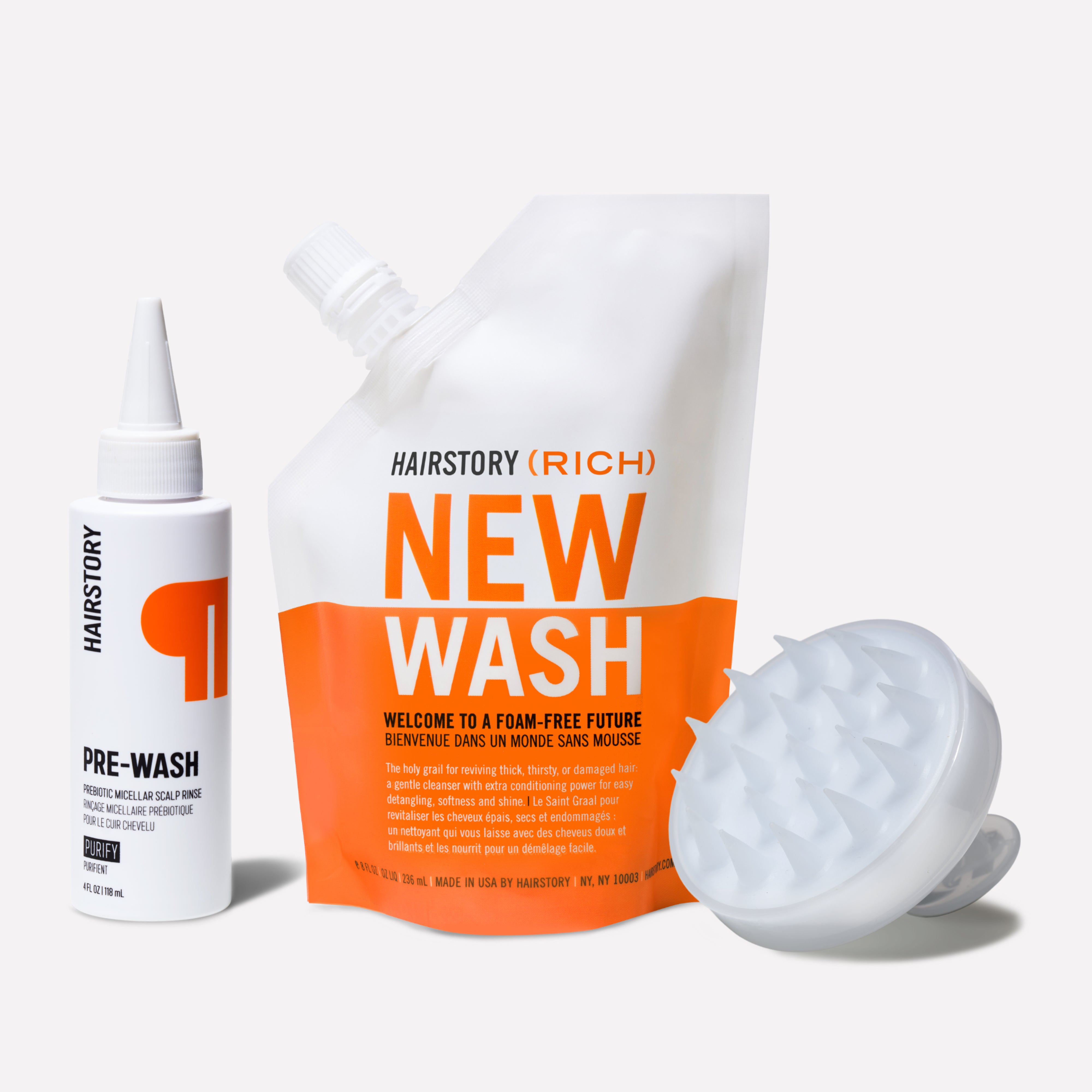

Save 25%
New Wash Method for Dry Hair
PRE-WASH AND NEW WASH RICH
View More Information
FOR ALL HAIR TYPES
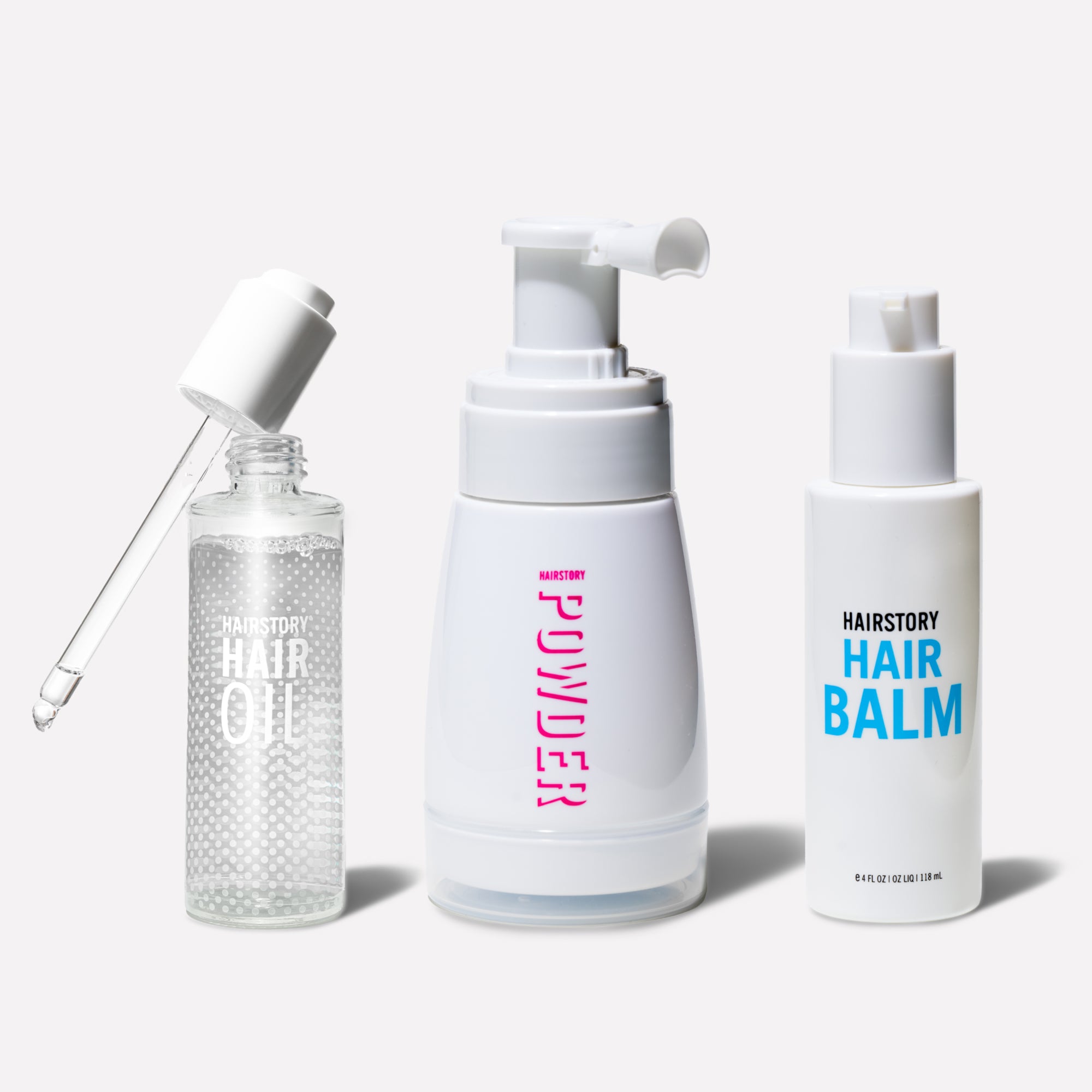

Save 15%
Styling Best Sellers Set
HAIR OIL, POWDER AND HAIR BALM
View More Information
FOR ALL HAIR TYPES


Save 18%
Care and Texture Set
NEW WASH ORIGINAL, HAIR BALM AND UNDRESSED
View More Information
FOR DRY HAIR


Save 15%
Moisture Boost Set
MASSAGING SCALP BRUSH, NEW WASH ORIGINAL AND HAIR BALM
View More Information
FOR VERY DRY HAIR


Save 15%
Moisture Ultra Boost Set
MASSAGING SCALP BRUSH, NEW WASH RICH AND HAIR BALM
View More Information
FOR FLAT HAIR


Save 15%
Volumizing Set
MASSAGING SCALP BRUSH, NEW WASH ORIGINAL AND POWDER
View More Information
FOR ALL HAIR TYPES


Save 16%
Beach Waves Set
MASSAGING SCALP BRUSH, NEW WASH ORIGINAL AND UNDRESSED
View More Information
FOR DRY HAIR


Save 16%
Beach Waves Moisture Set
MASSAGING SCALP BRUSH, NEW WASH RICH AND UNDRESSED
View More Information
FOR ALL HAIR TYPES
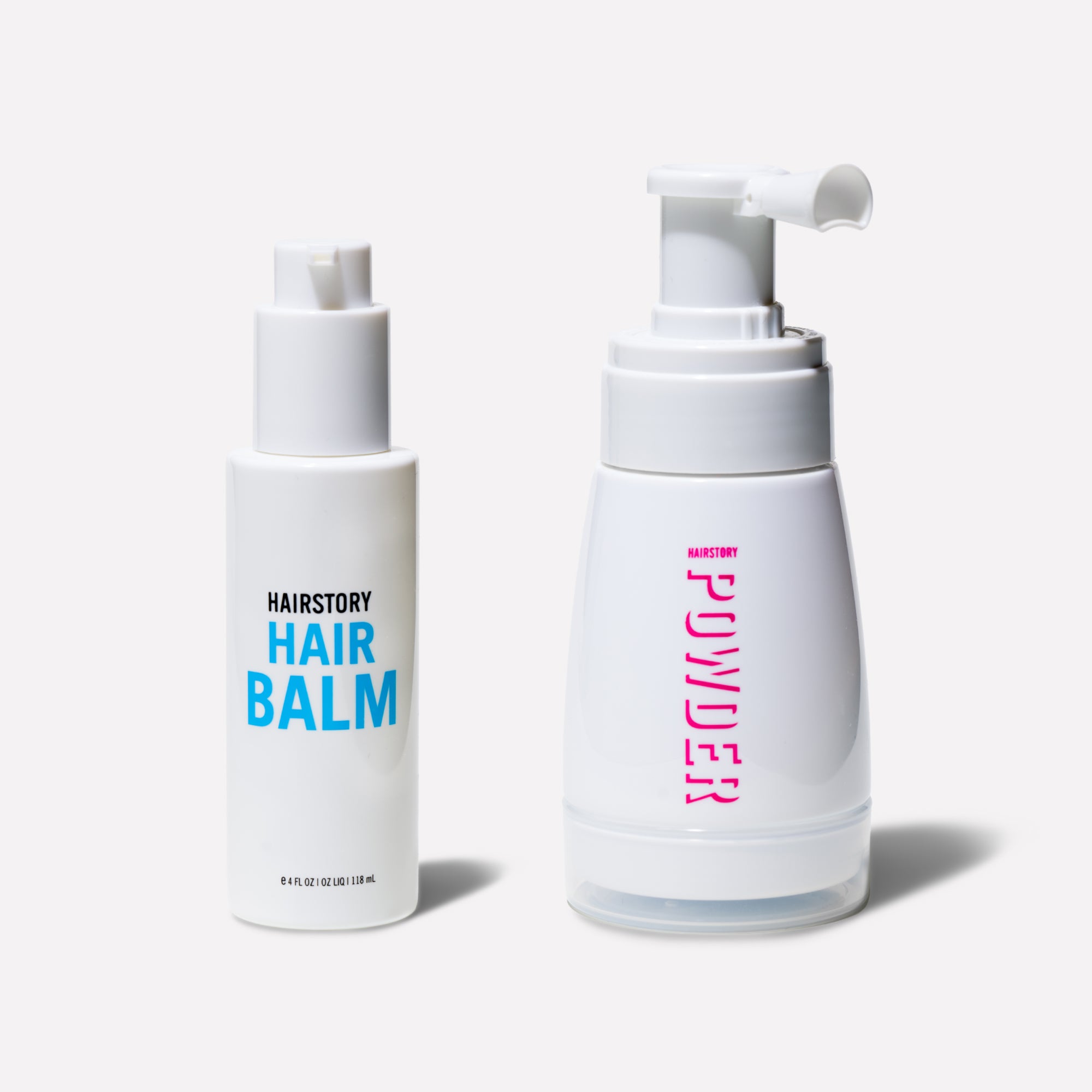

Save 9%
Moisture and Volume Duo
HAIR BALM AND POWDER
View More Information
FOR ALL HAIR TYPES


Save 17%
Moisture and Volume Set
NEW WASH ORIGINAL, HAIR BALM AND POWDER
View More Information
FOR ALL HAIR TYPES


Save 20%
Shine Restoration Set
NEW WASH ORIGINAL, HAIR BALM AND HAIR OIL
View More Information
FOR DRY HAIR


Save 20%
Moisture and Shine Restoration Set
NEW WASH RICH, HAIR BALM AND HAIR OIL
View More Information
FOR ALL HAIR TYPES


Save 15%
Frizz Control Set
MASSAGING SCALP BRUSH, NEW WASH ORIGINAL AND HAIR OIL
View More Information
FOR DRY HAIR


Save 15%
Frizz Control Moisture Set
MASSAGING SCALP BRUSH, NEW WASH RICH AND HAIR OIL
View More Information
FOR BLONDE TONES


Save 19%
Anti-Brass Color Boost Set
NEW WASH ORIGINAL, PURPLE COLOR BOOST, TIN AND WHISK
View More Information
FOR BLONDE TONES


Save 19%
Anti-Brass Moisture Color Boost Set
NEW WASH RICH, PURPLE COLOR BOOST, TIN AND WHISK
View More Information
FOR BROWN TONES


Save 19%
Shine and Gloss Color Boost Set
NEW WASH ORIGINAL, BLUE COLOR BOOST, TIN AND WHISK
View More Information
FOR BROWN TONES


Save 19%
Shine, Gloss and Moisture Color Boost Set
NEW WASH RICH, BLUE COLOR BOOST, TIN AND WHISK
View More Information
FOR RED TONES


Save 19%
Vibrant Red Color Boost Set
NEW WASH ORIGINAL, RED COLOR BOOST, TIN AND WHISK
View More Information
FOR RED TONES


Save 19%
Vibrant Red Moisture Color Boost Set
NEW WASH RICH, RED COLOR BOOST, TIN AND WHISK
View More Information


New Wash Original Trial Kit
MASSAGING SCALP BRUSH, NEW WASH ORIGINAL, 3OZ TIN AND $20 VOUCHER
View More Information
FOR BROWN TONES


New Wash Original and Blue Boost Duo
NEW WASH ORIGINAL AND BLUE COLOR BOOST
View More Information
FOR BLONDE TONES


New Wash Original and Purple Boost Duo
NEW WASH ORIGINAL AND PURPLE COLOR BOOST
View More Information
FOR RED TONES


Save 11%
New Wash Original and Red Boost Duo
NEW WASH ORIGINAL AND RED COLOR BOOST
View More Information
FOR BROWN TONES


New Wash Rich and Blue Boost Duo
NEW WASH RICH AND BLUE COLOR BOOST
View More Information
FOR BLONDE TONES


New Wash Rich and Purple Boost Duo
NEW WASH RICH AND PURPLE COLOR BOOST
View More Information
FOR RED TONES


New Wash Rich and Red Boost Duo
NEW WASH RICH AND RED COLOR BOOST